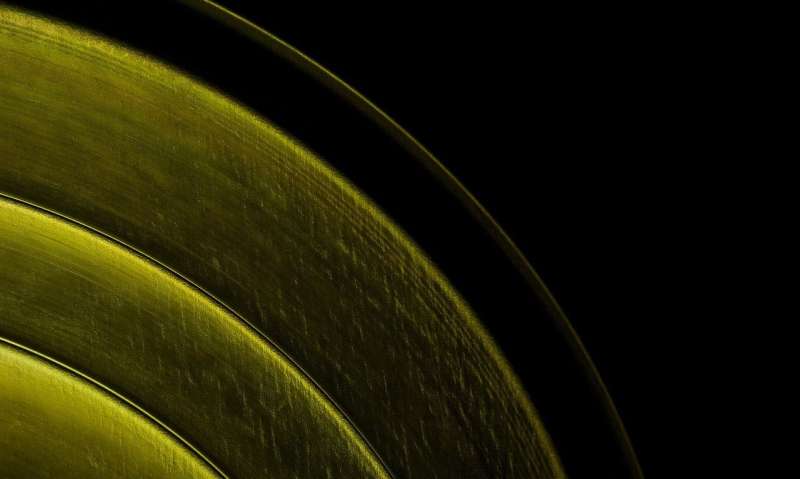Researchers reveal an elusive atomic-scale magnetic 'signal' in a Mott insulator

Probing the properties of a Mott insulator, a team of researchers from Boston College, MIT, and U.C. Santa Barbara has revealed an elusive atomic-scale magnetic signal in the unique material as it transitions from insulator to a metal, the team reported recently in the journal Nature Physics.
Working with a compound in the class of materials known as Mott insulators, the team used spin-polarizing scanning tunneling microscopy (SP-STM) to detail at the atomic level the underlying physics of one example of these insulators, which can be manipulated into a metallic state through the addition of an electronic charge, a process called doping, said Boston College Assistant Professor of Physics Ilija Zeljkovic, a lead author of the report.
A Mott insulator is characterized by localization of electrons due to strong electron-electron interactions, and it is typically accompanied by magnetic ordering, Zelkjovic explained. In this case, the team developed and studied the surface of Mott insulator strontium iridate, an oxide, in the form of single crystals.
In many complex oxides, magnetic ordering is embedded within a spatially inhomogeneous landscape of other phases, he said. The team sought to perform measurements at single atom-length scales, with both charge and spin sensitivity in order to fully understand the underlying physics, a procedure that had yet to be achieved in any complex oxide.
By employing spin-polarizing scanning tunneling microscopy (SP-STM), Zeljkovic and his colleagues report that the team was able to perform this experiment for the first time. The measurements help to understanding how an antiferromagnetic Mott insulator evolves with charge carrier doping, which has puzzled scientists since the discovery of prototypical doped Mott insulators, which are copper-oxide high-temperature superconductors, Zeljkovic said.
By tracking its evolution with charge carrier doping, the researchers discovered that, with a low level of doping, the homogeneous antiferromagnetic order of the material's electrons melts into a fragmented, "patchy" antiferromagnetic order near the insulator-to-metal transition, the team reported.
Zeljkovic said the results advance the understanding of the unique characteristics of Mott insulators, and also establish SP-STM as a powerful tool capable of revealing atomic-scale information in complex oxides.
More information: He Zhao et al, Atomic-scale fragmentation and collapse of antiferromagnetic order in a doped Mott insulator, Nature Physics (2019). DOI: 10.1038/s41567-019-0671-9
Journal information: Nature Physics
Provided by Boston College




















